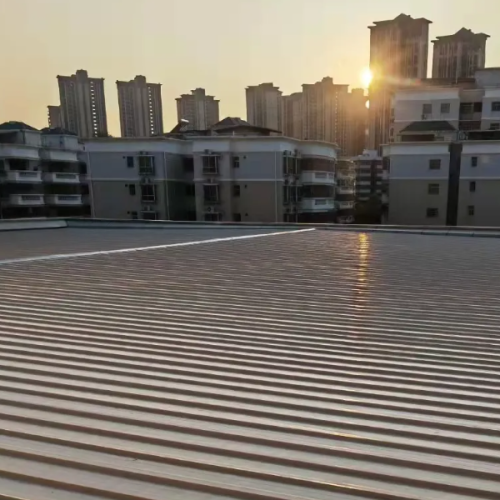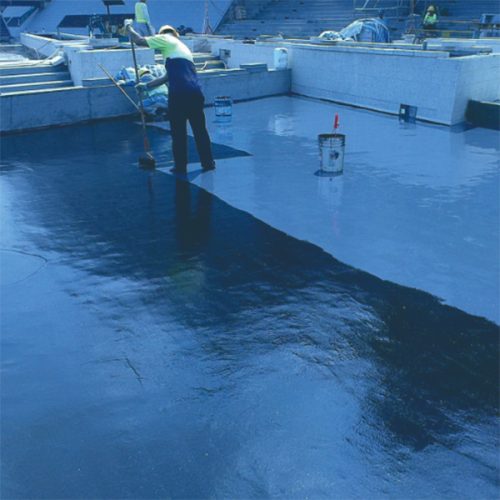Latest News
-
Oil-Based vs. Water-Based PaintKnowledge13 Nov, 2024
Any coating that uses water as a solvent or as a dispersing medium can be called a water-based coating, often referred to as an environmentally friendly, clean-smelling, and odorless coating additive. As the name suggests, water-based coatings are considered more environmentally friendly. The main film-forming material in water-based paint is typically water-soluble resin.
Learn More -
Rigid and Flexible Waterproofing: Is There a Material that Combines Both?Knowledge13 Nov, 2024
When it comes to waterproofing, two concepts often come to mind: rigid and flexible waterproofing. Each type has its advantages and disadvantages, making the selection process quite challenging. Sometimes, the choice must be tailored to different areas, which can be time-consuming and laborious.
Learn More -
Is Thicker Waterproofing Always Better?Knowledge13 Nov, 2024
Thicker isn't necessarily better. For one thing, waterproofing should be applied in multiple thin layers rather than too thickly to avoid cracking or peeling—similar to applying makeup. Moreover, like cosmetics, waterproofing materials are not cheap. Over-application is not only time-consuming and labor-intensive but also wasteful. However, a layer that is too thin won’t be effective and can age and fail prematurely.
Learn More -
Waterproofing Colored Steel Roof Tiles with Polyaspartic PolyureaKnowledge11 Nov, 2024
Many buildings, for aesthetic appeal, use colored steel on their rooftops, particularly on steep roofs of villas or factories. Although colored steel sheets are processed with various paints for durability and water resistance, weather-induced damage, such as rusting, expansion, and contraction, can lead to leaks. Well-designed colored steel roofs rarely leak, and if they do, the affected parts can be easily replaced or temporarily welded. However, extensive corrosion or age-related leaks can be problematic and expensive to waterproof. Therefore, early-stage waterproofing is crucial.
Learn More -
Steps for Waterproofing a Rooftop with Polyaspartic PolyureaKnowledge11 Nov, 2024
Polyaspartic polyurea is an ideal, eco-friendly material for rooftop waterproofing. Known for its "skin-like" waterproofing ability, it is favored for its durability, resistance to weather, and elasticity that prevents cracking. To maximize the benefits of this material, specific steps in the construction process must be meticulously followed.
Learn More -
Is the Polyaspartic Polyurea Transparent Waterproof Adhesive Effective?Knowledge11 Nov, 2024
The two-component polyaspartic polyurea transparent waterproof adhesive is a commonly used waterproofing material in the repair and restoration industry. Its most notable feature is that it provides waterproofing while preserving the original look of the tile surface, eliminating the need for extensive tile removal work. Compared to the traditional method of removing tiles before applying waterproof paint, this approach saves significant labor and time.
Learn More







